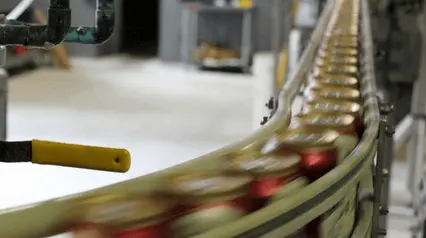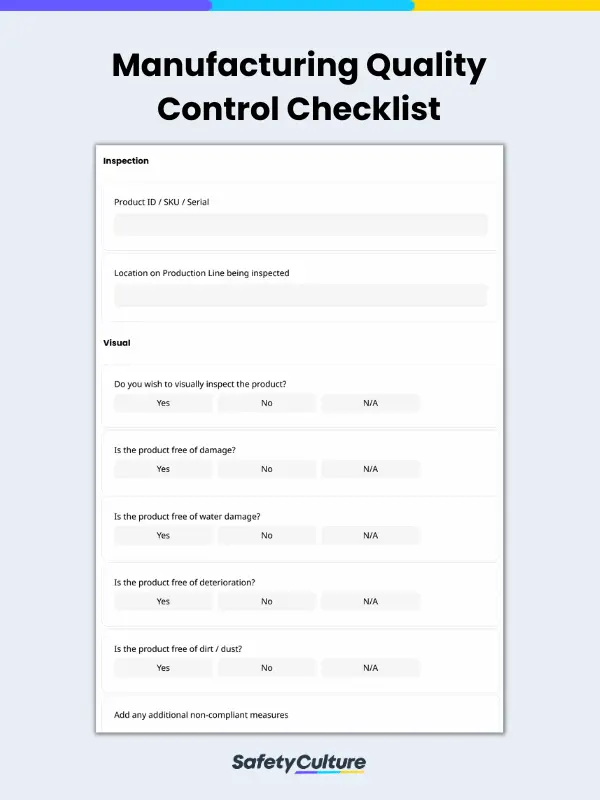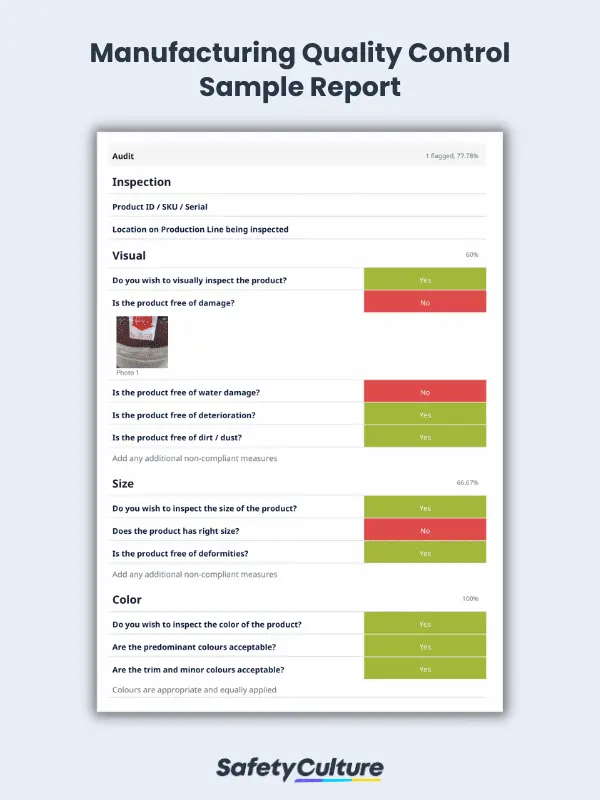What is a Manufacturing Audit Checklist?
A manufacturing audit checklist is a clear and comprehensive guide that helps inspectors effectively perform inspections and ensure manufacturers meet all product requirements. Using a quality audit checklist for manufacturing is crucial to identifying potential errors in manufacturing and preventing financial and production losses.
QC Checklists in Manufacturing: Top 5 Reasons Why They’re Critical
Using checklists for quality control in manufacturing helps both manufacturers and suppliers guarantee the quality of finished products before they ultimately reach the sales floor. Utilizing these tools also contributes to improving other aspects of the business. Here are the top reasons that make manufacturing quality audit checklists essential:
- Identify minor issues immediately. With a QC checklist, it is easier to pinpoint errors in manufacturing and resolve them before they turn into major issues. In addition, as quality inspectors often come from third-party service providers, comprehensive production audit checklists provide them with an easy reference so they can become more familiar with the manufacturing firm’s processes.
- Be more assured of product quality. Manufacturing quality assurance tools, such as the manufacturing audit checklist, help standardize processes and assure that every product that comes out of the line passes quality standards.
- Reduce the level of risk. Manufacturing checklists are critical quality control tools that help identify red flags from the onset, effectively reducing the risk of financial impact to the bottom line of the company, and most importantly, to customer satisfaction.
- Encourage the smart use of resources. Every move in manufacturing processes needs to be well-calculated to be cost-effective. QC checklists are effective instruments to help avoid false starts and ensure the most efficient use of resources and materials.
- Promote better manufacturer-supplier relationships. Manufacturing audit checklists encourage collaboration between the manufacturer and supplier as they both have to agree on the checklist items necessary to conduct an effective quality audit.
What to Include in a Manufacturing Audit Checklist
In general, a manufacturing quality control audit checklist should consist of the following components:
- Unique identifier – Product ID, Stock Keeping Unit (SKU), serial number, etc.
- Location on the production line
- Visual inspection – the product’s overall appearance, size, color, and printing
- Weight – within the acceptable range
- Materials – product strength and durability
- Operations – functionality according to specified requirements
- Packaging – secureness and print clarity
- Defect log – description, severity, and supporting documentation
- Assessment – if the product is in an acceptable condition
- Signature of the auditor
Quality inspectors and auditors can modify this checklist based on the standards and needs of their company. To illustrate this, here’s a sample manufacturing audit report using a digital checklist:
How to Conduct a Manufacturing Audit in 7 Steps
Auditing the quality of manufactured products can be time-consuming and costly if not done correctly. To help you with that, below is a step-by-step guide on how to carry out manufacturing audits with a checklist:
- Add inspection details – This is one of the most important details for the audit. As the document’s foundation, make sure to include the Product ID, Stock Keeping Unit (SKU), serial number, or any other form of specifiers that would help identify the products that were inspected.
- Inspect the products visually – Individually check the items for their size, color, weight, and materials to confirm that they look according to the predefined set of requirements and design.
- Test if the products are operating properly – In this step, auditors review the products operationally to verify that they are functioning as expected.
- Indicate if non-compliant measures are found – If there are any indicators in any of the areas of the checked products that seem to be non-compliant with the set requirements, specify them. This enables manufacturers to correct defects and prevent suffering financial loss.
- Check the product packaging – Inspect the products’ packaging by confirming that they are free from deformities, machine marks, scrapes, or smudges. Also, make sure that they are correctly colored, closed securely, and that the products fit perfectly into the packaging.
- Input product defects found – If there are definitive signs of product damages, log them into the manufacturing audit document. Describe the defect in detail and attach a photo or video evidence as a reference.
- Complete the manufacturing audit – Using the initial factors as supporting details, decide whether the products inspected were acceptable or unacceptable.
FAQs about Manufacturing Audit Checklist
Manufacturing audits are typically performed by qualified internal or external auditors specializing in manufacturing processes. These auditors possess the necessary knowledge and expertise to effectively assess products against quality control standards.
It’s important to review and update manufacturing audit checklists on an annual basis or whenever significant changes take place in the production environment. Periodic reviews ensure these checklists reflect changes in regulations, standards, and internal processes.
The 7 most common nonconformances or issues found during manufacturing quality audits may include the following:
- Inadequate process controls
- Equipment defects or malfunctions
- Lack of employee training or certification
- Noncompliance with regulatory requirements
- Poor documentation practices
- Safety hazards
- Quality control failures




